Travel Tales from The Hub
Sunrise to Sunset at the Grand Canyon
More Photo Tips | Video Gallery | Photo Gallery | Enewsletter sign-up

By Ken Hubbard
Approximately 5 – 6 million years ago the Colorado river started its journey west cutting through the land to form what is now The Grand Canyon. 277 miles long, up to 18 miles wide and over 6,000 feet deep in some places, to say that the Grand Canyon is very big is like saying New York City has a few tall buildings. I’ve often tried to describe it to people in words, but nothing seems to do it justice. I usually end up showing them some of my images and saying you really just need to go and see it for yourself. While there are some parks that I feel may be more beautiful, or ones that I return to year after year, the Grand Canyon still renders me speechless every time I first step close to its rim.
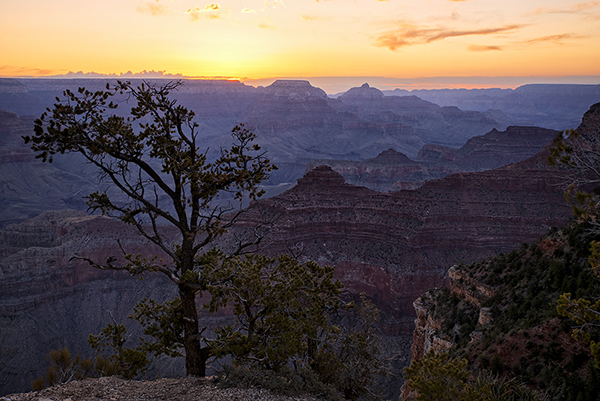
Captured with Tamron’s SP 24-70mm Di VC USD G2 – 34mm, 1/3rd Sec, f/22 @ ISO 200
Click image to view larger
Any time of day is wonderful to see the canyon, but during sunrise and sunset it truly shows off its beauty. The shadows get longer, the purples, blues and reds on the canyon walls become more saturated and the sky turns golden. Everything a landscape photographer wants in an image. When you plan your trip to this area try to give yourself enough time to see at least one sunrise and one sunset, you will not be disappointed.
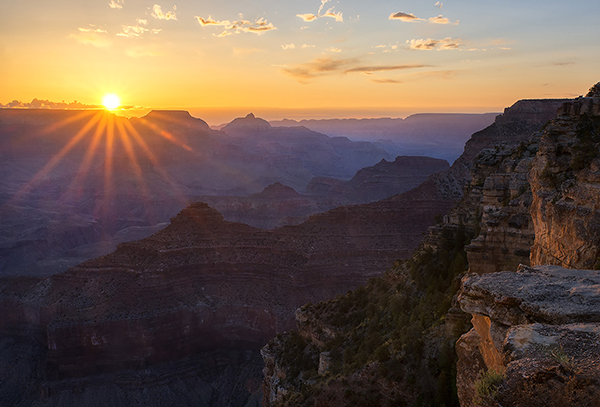
Captured with Tamron’s SP 24-70mm Di VC USD G2 – 34mm, 1/13th Sec, f/22 @ ISO 200
Click image to view larger
Grand Canyon National Park encompasses both the south and north rims of the canyon, with the south rim having easier access with entrances from the south and east. Snaking its way along the south rim is Dessert View Drive, a 25-mile-long route with multiple developed and unmarked pull outs and picnic areas. Many lodging opportunities are located on the south rim such as camp sites, cabins, hotels and historic hotels. One of the most famous hotels is the El Tovar which opened in 1905 and sits directly on the south rim. If you plan on visiting and staying on the south rim, I suggest booking early since these hotels can fill up as far as a year out during the peak seasons.
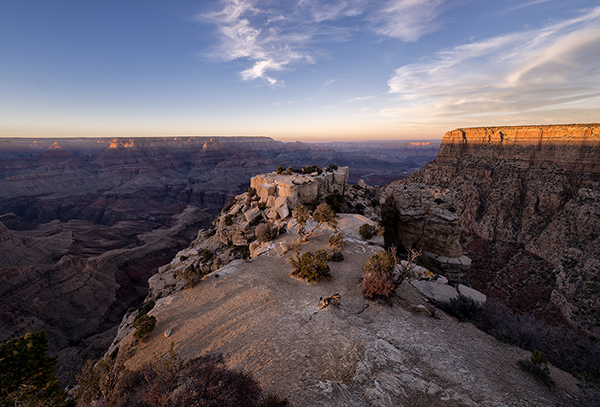
Captured with Tamron’s SP 15-30mm Di VC USD – 15mm, 1/25th Sec, f/16 @ ISO 100
Click image to view larger
If you do have the time to stay and capture sunrise or sunset, you can’t go wrong picking any of the spots along Canyon View Drive to stop, sit back to watch the sun rise or set. From Yaki Point near the visitor center to Dessert View Point close to the eastern entrance, they will all give amazing and different views into the canyon. I would suggest you drive the route during the mid-day hours and stop at each area. This will give you the chance to really scout out and know exactly which location you would like to be at to capture your images. Two of my favorite spots to be at during these hours are Moran & Lipon points. They give views all the way down to the canyon floor and tend to be a little less crowded than spots closer to the visitor center.
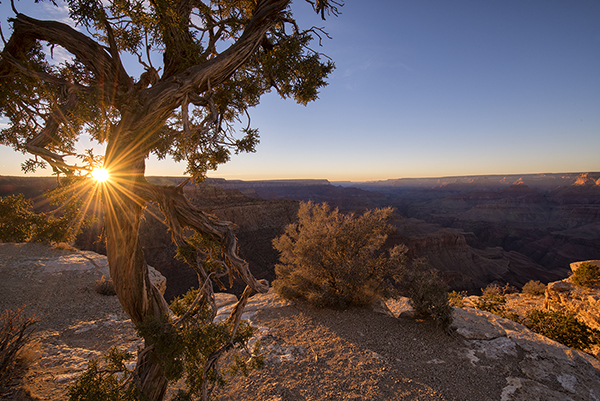
Captured with Tamron’s 10-24mm Di II – 14mm, 1/25th Sec, f/16 @ ISO 100
Click image to view larger
From thunderous storms to an ocean of clouds during an inversion, weather grants you even more spectacular views of this magnificent canyon. A “total cloud Inversion” is when weather conditions force clouds downward by warm air and cannot rise. This rare phenomenon causes the clouds to move inward like a river of clouds filling the canyon just below the rim. If you are fortunate enough to witness an inversion, it will seem as if you can walk across the canyon on a carpet of clouds. Thunderstorms in the canyon are truly stunning and if you do decide to chase one along the canyons rim, be cautious and keep a safe distance. You are pretty wide open and very susceptible to lightning strikes.
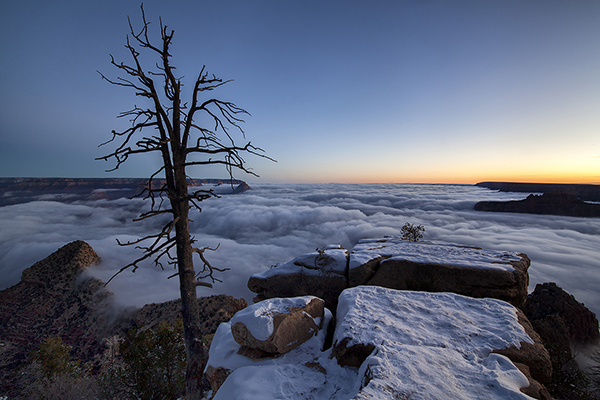
Captured with Tamron’s SP 15-30mm Di – 15mm, 4 Sec, f/16 @ ISO 100
Click image to view larger
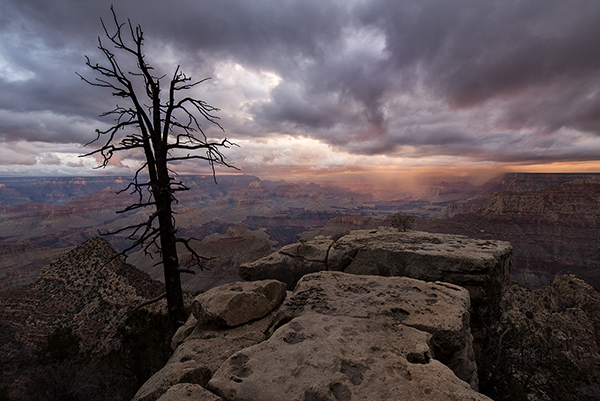
Captured with Tamron’s SP 15-30mm Di – 15mm, 1/15th Sec, f/8 @ ISO 640
Click image to view larger
Lenses used for this article:
Tamron 10-24mm Di II
Tamron SP 24-70mm Di VC USD G2
Tamron SP 15- 30mm
More Photo Tips | Watch Videos | Learn More About Tamron Lenses | Photo Gallery